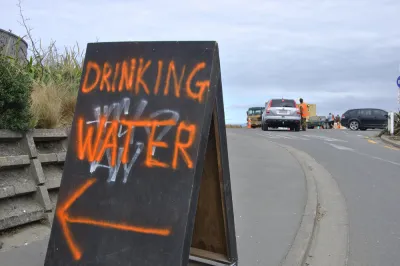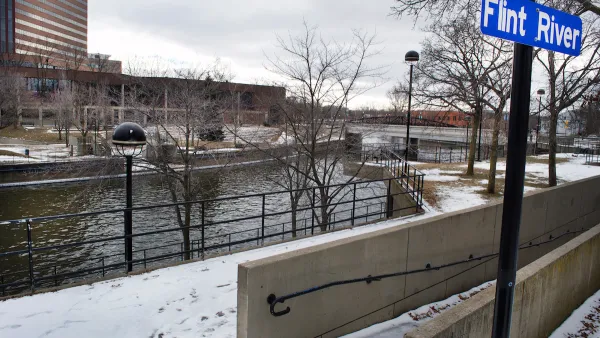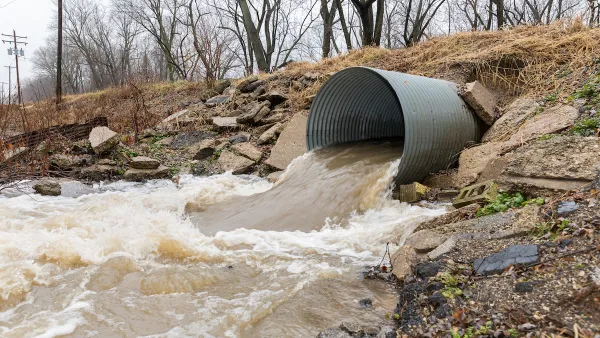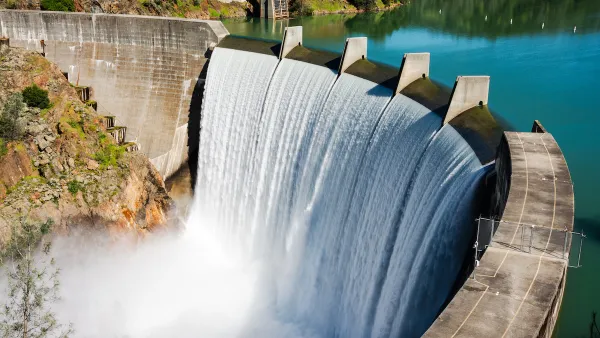Water bills are going up because pipes put in shortly after World War II are in need of repair and replacement all over the country, and federal funding for water is shrinking.

Water has become more expensive in recent years and that is not likely to stop anytime soon,"Water prices will have to increase by 41 percent in the next five years to cover the costs of replacing aging water infrastructure and adapting to climate change," Sarah Frostenson reports in Vox. Not only because of lead leaching into water and the growing evidence of the health dangers of that contamination, but also because in many cases water costs are growing faster than wages and have been for decades. Many associate the need for new water infrastructure with Flint, Michigan, a community that is still dealing with a contaminated water crisis, but states like Mississippi, Louisiana, Alabama, Kentucky, and Arkansas are especially vulnerable because of their poor populations will be hit hard by rising costs.
"After World War II, America went on something of an infrastructure kick, building an expansive network of water pipes in cities across the country. But now these pipes are more than 60 years old and in many instances are in desperate need of repair," Frostenson reports.
FULL STORY: America has a water crisis no one is talking about

National Parks Layoffs Will Cause Communities to Lose Billions
Thousands of essential park workers were laid off this week, just before the busy spring break season.

Retro-silient?: America’s First “Eco-burb,” The Woodlands Turns 50
A master-planned community north of Houston offers lessons on green infrastructure and resilient design, but falls short of its founder’s lofty affordability and walkability goals.

Delivering for America Plan Will Downgrade Mail Service in at Least 49.5 Percent of Zip Codes
Republican and Democrat lawmakers criticize the plan for its disproportionate negative impact on rural communities.

Test News Post 1
This is a summary

Test News Headline 46
Test for the image on the front page.

Balancing Bombs and Butterflies: How the National Guard Protects a Rare Species
The National Guard at Fort Indiantown Gap uses GIS technology and land management strategies to balance military training with conservation efforts, ensuring the survival of the rare eastern regal fritillary butterfly.
Urban Design for Planners 1: Software Tools
This six-course series explores essential urban design concepts using open source software and equips planners with the tools they need to participate fully in the urban design process.
Planning for Universal Design
Learn the tools for implementing Universal Design in planning regulations.
EMC Planning Group, Inc.
Planetizen
Planetizen
Mpact (formerly Rail~Volution)
Great Falls Development Authority, Inc.
HUDs Office of Policy Development and Research
NYU Wagner Graduate School of Public Service





























